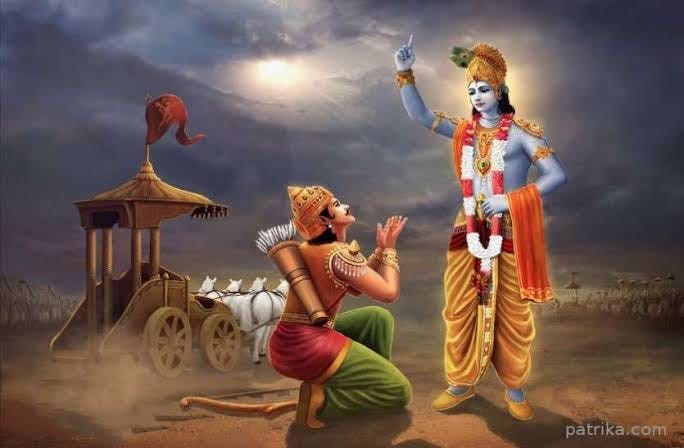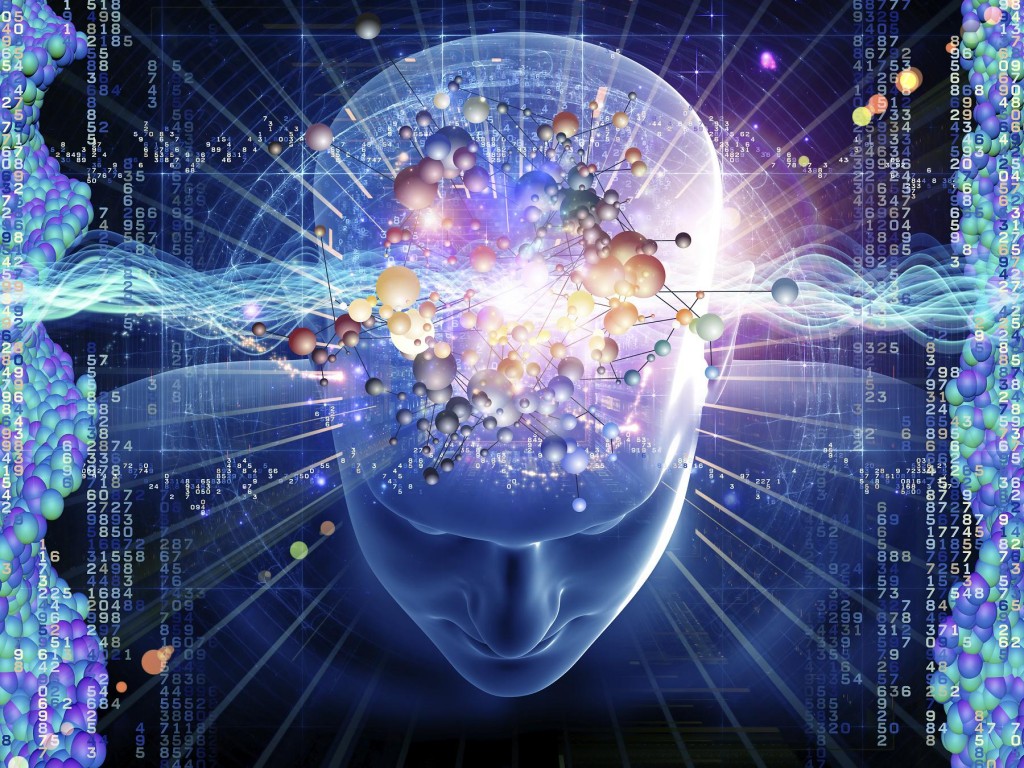
"When meditation is mastered, the mind is unwavering like the flame of a lamp in a windless place." – Bhagavad Gita 6.19

In a world increasingly obsessed with separation-between nations, religions, and even the self and others-Advaita Vedanta offers a profound reminder: there is no second. The term Advaita literally is derived from "a" meaning 'not' and "dvaita" meaning 'two', therefore meaning "not two," encapsulating the essential teaching of one indivisible, infinite consciousness that pervades all things. Atman (the individual self) and Brahman (the Absolute, the Ultimate Reality) are not separate. They are one and the same.
According to Advaita Vedanta, what we experience as the "external world" is a projection of consciousness. The phenomenal world arises due to ignorance (avidya) of our true nature. Through discrimination (viveka), self-inquiry (atma-vichara), and meditation, the seeker peels back the layers of illusion and awakens to the truth: the knower, the known, and the act of knowing are not separate.
This non-dual realization is not a belief but a shift in perception-a direct knowing that transcends intellect.
Enter modern physics. Over the past few decades, physicists have speculated that the universe may be holographic-that is, the three-dimensional world we experience could be a projection from information encoded on a two-dimensional boundary. This idea, known as the Holographic Principle, was first proposed by Gerard 't Hooft and later developed by Leonard Susskind, in response to the paradoxes surrounding black holes.
In a hologram, each part contains the whole. The same is true in Vedanta: each individual being is not just a fragment of Brahman, but Brahman entirely. The apparent individual (jiva) is like a wave arising on the ocean-unique in form, yet not separate from the ocean itself.
The implications are staggering. If the universe is a projection, then the source of reality must be beyond space and time-much like Brahman, which the Upanishads declare is "not this, not that" (neti neti)-formless, infinite, unchanging.
Quantum mechanics already challenges our classical notions of reality. The observer effect tells us that particles behave differently when measured-suggesting that consciousness may be fundamental to reality. This aligns with Vedantic claims that consciousness is not a byproduct of matter-but the very foundation of all existence.
Maya, the illusory nature of the world, doesn't mean the world is false-it means that the way we perceive it, as separate, is false. Just as a movie appears on a screen yet is not separate from the screen, the world appears within consciousness but is not other than consciousness.
In this view, time, space, and causality are not ultimate realities but tools of the mind-constructed experiences that arise within the one undivided Self.
The holographic model and non-dual awareness both erase boundaries. The boundary between self and other, here and there, mind and matter, dissolves. When the illusion drops, what remains is pure awareness-without a second.
This is not just a philosophical position; it is a radical transformation of being. The mystics and sages of every tradition-Rumi, Meister Eckhart, Ramana Maharshi, and the Buddha-have touched this unity.
In Advaita, liberation (moksha) does not come through effort, improvement, or acquisition. It comes through recognition-recognition that you are already That which you seek. The wave need not become the ocean-it must simply remember it is the ocean.
In the age of space-time, dark matter, and quantum entanglement, the rishis' insights are more relevant than ever. Their perennial message: the world is not outside you-you are the world.